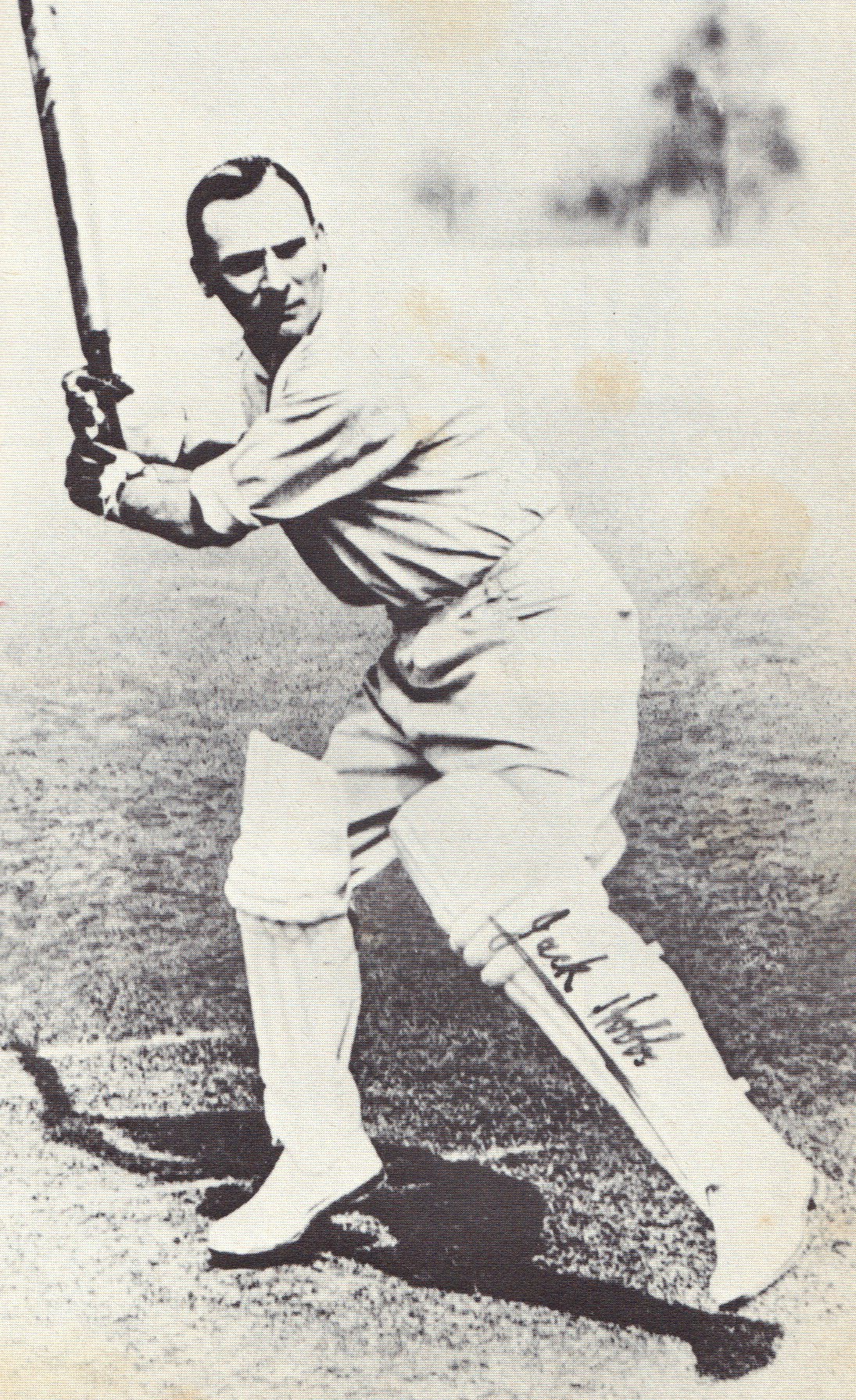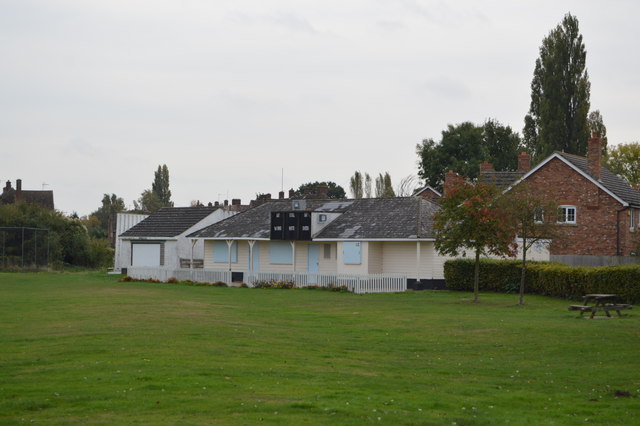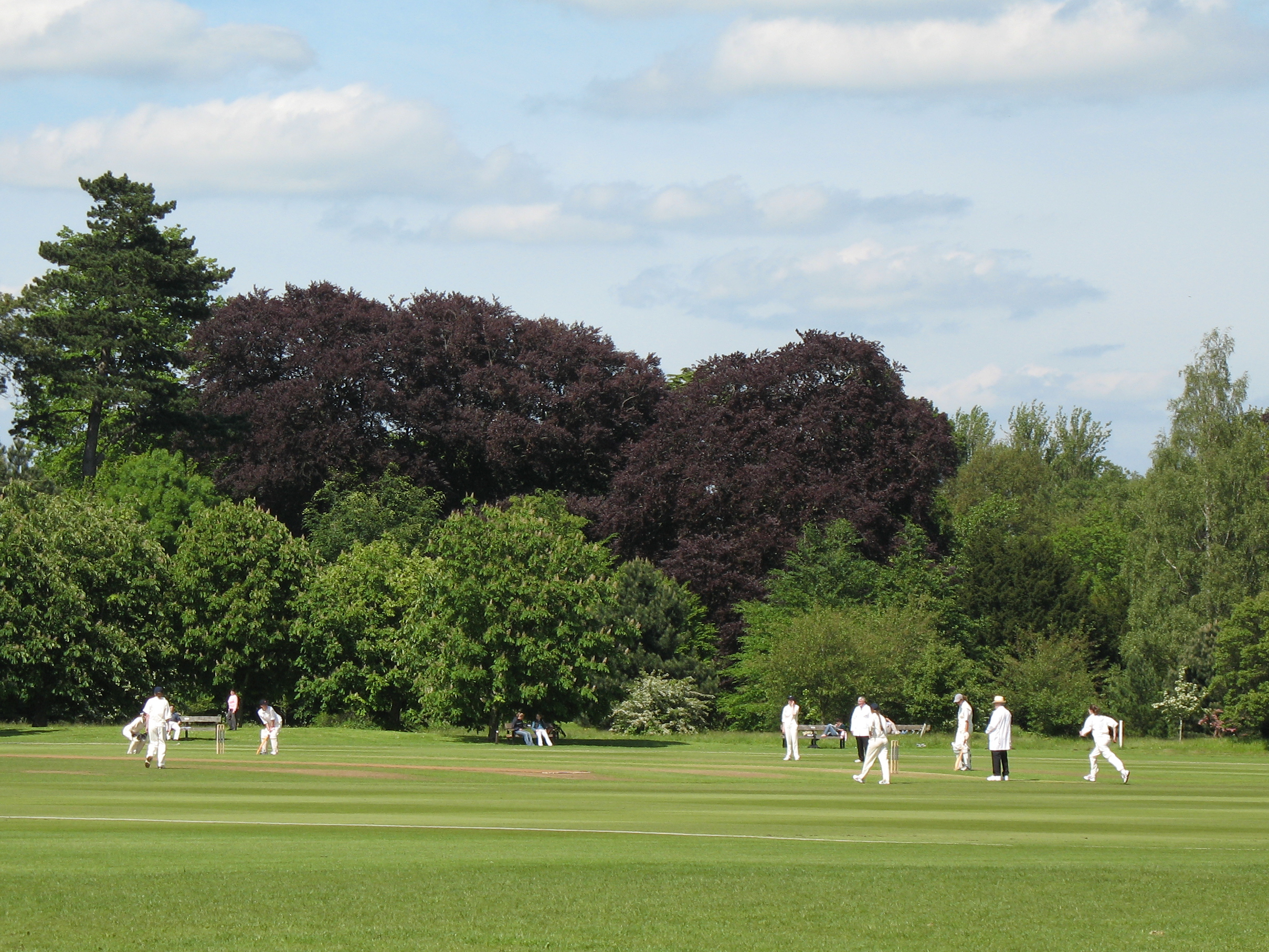|
Tim Hodgson
Timothy Philip Hodgson (born 27 March 1975) is a former English cricketer. Hodgson was a left-handed batsman. He was born at Guildford, Surrey, while he was educated at Wellington College and Durham University. Hodgson made his debut for Essex in a List A match against Gloucestershire in the 1996 AXA Equity and Law League. From 1996 to 1998, he represented the county in 8 List A matches, the last of which came against Leicestershire in the 1998 AXA League. While representing Essex, Hodgson was also undertaking further education with Durham University. It was while studying there that he represented a British Universities team in 5 List A matches in 1997, the last of which came against Hampshire. Hodgson also represented Essex in first-class cricket, making his debut for the county in that format against Kent in 1997. From 1997 to 1999, he represented the county in 11 first-class matches, the last of which came against Oxford University. In those 11 matches, he scored 361 ... [...More Info...] [...Related Items...] OR: [Wikipedia] [Google] [Baidu] |
Guildford
Guildford () is a town in west Surrey, around southwest of central London. As of the 2011 census, the town has a population of about 77,000 and is the seat of the wider Borough of Guildford, which had around inhabitants in . The name "Guildford" is thought to derive from a crossing of the River Wey, a tributary of the River Thames that flows through the town centre. The earliest evidence of human activity in the area is from the Mesolithic and Guildford is mentioned in the will of Alfred the Great from . The exact location of the main Anglo-Saxon settlement is unclear and the current site of the modern town centre may not have been occupied until the early 11th century. Following the Norman Conquest, a motte-and-bailey castle was constructed, which was developed into a royal residence by Henry III. During the late Middle Ages, Guildford prospered as a result of the wool trade and the town was granted a charter of incorporation by Henry VII in 1488. The River Wey Navig ... [...More Info...] [...Related Items...] OR: [Wikipedia] [Google] [Baidu] |
British Universities Cricket Team
The British Universities cricket team was a cricket team whose players were drawn from university students studying in Great Britain. The team played under the title of Combined Universities until 1995. The team played List A cricket from 1975 to 1998 and first-class cricket from 1993 to 2006. History Combined Universities' first matches in top-level cricket came in the 1975 Benson & Hedges Cup, a List A competition. In their first game, on 3 May, they beat Worcestershire County Cricket Club by 66 runs, thanks largely to an outstanding all-round performance by future Pakistan captain Imran Khan, who top-scored with 35 runs and took four wickets for four runs from 8.3 overs as Worcestershire were bowled out for 92 runs. The team played as an Oxford and Cambridge Universities side initially.Today's cricket, ''The Times'', 1975-05-03, p.22. Woodcock J (1975) An unlikely double by Worcestershire, ''The Times'', 1975-05-05, p.7. Players from universities other than Oxford and Cambrid ... [...More Info...] [...Related Items...] OR: [Wikipedia] [Google] [Baidu] |
Century (cricket)
In cricket, a century is a score of 100 or more runs in a single innings by a batsman. The term is also included in "century partnership" which occurs when two batsmen add 100 runs to the team total when they are batting together. A century is regarded as a landmark score for batsmen and a player's number of centuries is generally recorded in their career statistics. Scoring a century is loosely equivalent in merit to a bowler taking a five-wicket haul, and is commonly referred to as a ton or hundred. Scores of more than 200 runs are still statistically counted as a century, although these scores are referred to as double (200–299 runs), triple (300–399 runs), and quadruple centuries (400–499 runs), and so on. Accordingly, reaching 50 runs in an innings is known as a half-century; if the batsman then goes on to score a century, the half-century is succeeded in statistics by the century. Scoring a century at Lord's earns the batsman a place on the Lord's honours boar ... [...More Info...] [...Related Items...] OR: [Wikipedia] [Google] [Baidu] |
2001 Cheltenham & Gloucester Trophy
The 2001 Cheltenham and Gloucester Trophy was an English limited overs county cricket tournament which was held between 1 May and 1 September 2001. It was the first Cheltenham & Gloucester Trophy following its change of name from the NatWest Trophy, with new sponsors Cheltenham & Gloucester plc. The tournament was won by Somerset who defeated Leicesterhire by 41 runs in the final at Lord's. Format The 18 first-class counties, were joined by all twenty Minor Counties, plus Huntingdonshire. They were also joined by the cricket boards of Derbyshire, Durham, Essex, Gloucestershire, Hampshire, Kent, Lancashire, Leicestershire, Middlesex, Northamptonshire, Nottinghamshire, Somerset, Surrey, Sussex, Warwickshire, Worcestershire and Yorkshire. Unlike previous years, the national teams of Denmark, Ireland, the Netherlands and Scotland were unable to take part due to international commitments in the 2001 ICC Trophy. The tournament was a knockout with four rounds before the quarter-fi ... [...More Info...] [...Related Items...] OR: [Wikipedia] [Google] [Baidu] |
Surrey County Cricket Club
Surrey County Cricket Club (Surrey CCC) is a first-class club in county cricket, one of eighteen in the domestic cricket structure of England and Wales. It represents the historic county of Surrey, including areas that now form South London. Teams representing the county are recorded from 1709 onwards; the current club was founded in 1845 and has held first-class status continuously since then. Surrey have played in every top-level domestic cricket competition in England, including every edition of the County Championship (which began in 1890). The club's home ground is The Oval, in the Kennington area of Lambeth in South London. They have been based there continuously since 1845. The club also has an 'out ground' at Woodbridge Road, Guildford, where some home games are played each season. Surrey's long history includes three major periods of great success. The club was unofficially proclaimed as "Champion County" seven times during the 1850s; it won the title eight times ... [...More Info...] [...Related Items...] OR: [Wikipedia] [Google] [Baidu] |
Huntingdonshire County Cricket Club
Huntingdonshire County Cricket Club is one of the county clubs which make up the minor counties in the English domestic cricket structure, representing the historic county of Huntingdonshire. The club does not currently compete in either the Minor Counties Championship or MCCA Knockout Trophy, but does play informal matches, typically against armed forces teams and county academies. Earliest cricket Cricket probably reached Huntingdonshire in the 17th century. The earliest reference to the game in the general region is in neighbouring Cambridgeshire at the University of Cambridge in 1710. In 1741, John Montagu, 4th Earl of Sandwich became patron and captain of a Huntingdonshire county team which, as part of a united Northamptonshire & Huntingdonshire team, twice defeated Bedfordshire in important matches.Maun, p. 67. Origin of the club Huntingdonshire County Cricket Club was first formed in 1831 and existed until 1895. Initially, until the early 1850s, matches were played a ... [...More Info...] [...Related Items...] OR: [Wikipedia] [Google] [Baidu] |
Shropshire County Cricket Club
Shropshire County Cricket Club is one of twenty minor county clubs within the domestic cricket structure of England and Wales. It represents the historic county of Shropshire. The team is a member of the Minor Counties Championship Western Division and plays in the MCCA Knockout Trophy. Shropshire played List A matches occasionally from 1974 until 2005 but is not classified as a List A team ''per se''. The club plays at Shrewsbury and around the county at Bridgnorth, Oswestry, Shifnal, Wellington, and Whitchurch. Honours * Minor Counties Championship (1) - 1973; shared (0) - * MCCA Knockout Trophy (1) - 2010 Origins Cricket probably reached Shropshire in the 18th century. The first reference to cricket in the county was in August 1794, when a match was played on Kingsland then on the outskirts of Shrewsbury, by a 'Shrewsbury Cricket Society'.Published under Association of Cricket Statisticians and Historians. From Introduction. A county organisation existed in eithe ... [...More Info...] [...Related Items...] OR: [Wikipedia] [Google] [Baidu] |
2000 NatWest Trophy
The 2000 NatWest Trophy was the 20th and last NatWest Trophy before being renamed as the Cheltenham & Gloucester Trophy for the 2001 season. It was an English limited overs county cricket tournament which was held between 2 May and 26 August 2000. The tournament was won by Gloucestershire who defeated Warwickshire by 22 runs in the final at Lord's. Format The 18 first-class counties, were joined by all twenty Minor Counties, plus Huntingdonshire. They were also joined by the cricket boards of Derbyshire, Durham, Essex, Gloucestershire, Hampshire, Kent, Lancashire, Leicestershire, Middlesex, Northamptonshire, Nottinghamshire, Somerset, Surrey, Sussex, Warwickshire, Worcestershire and Yorkshire. The national teams of Denmark, Ireland, the Netherlands and Scotland once again took part in the tournament. The tournament was a knockout with four rounds before the quarter-final and semi-final stages. The winners of the semi-finals went on to the final at Lord's Lord's Cricket Gr ... [...More Info...] [...Related Items...] OR: [Wikipedia] [Google] [Baidu] |
Bowling Average
In cricket, a player's bowling average is the number of runs they have conceded per wicket taken. The lower the bowling average is, the better the bowler is performing. It is one of a number of statistics used to compare bowlers, commonly used alongside the economy rate and the strike rate to judge the overall performance of a bowler. When a bowler has taken only a small number of wickets, their bowling average can be artificially high or low, and unstable, with further wickets taken or runs conceded resulting in large changes to their bowling average. Due to this, qualification restrictions are generally applied when determining which players have the best bowling averages. After applying these criteria, George Lohmann holds the record for the lowest average in Test cricket, having claimed 112 wickets at an average of 10.75 runs per wicket. Calculation A cricketer's bowling average is calculated by dividing the numbers of runs they have conceded by the number of wickets t ... [...More Info...] [...Related Items...] OR: [Wikipedia] [Google] [Baidu] |
Catch (cricket)
Caught is a method of dismissing a batsman in cricket. A batsman is out caught if the batsman hits the ball, from a legitimate delivery, with the bat, and the ball is caught by the bowler or a fielder before it hits the ground. If the ball hits the stumps after hitting the wicket-keeper, If the wicket-keeper fails to do this, the delivery is a "no ball", and the batsman cannot be stumped (nor run out, unless he attempts to run to the other wicket.) If the catch taken by the wicket-keeper,then informally it is known as caught behind or caught at the wicket. A catch by the bowler is known as caught and bowled. This has nothing to do with the dismissal bowled but is rather a shorthand for saying the catcher and bowler are the same player. (The scorecard annotation is usually ''c. and b.'' or ''c&b'' followed by the bowler's name.) Caught is the most common method of dismissal at higher levels of competition, accounting for 36,190 Test match dismissals between 1877 and 2012, wh ... [...More Info...] [...Related Items...] OR: [Wikipedia] [Google] [Baidu] |
Half Century
One half ( : halves) is the irreducible fraction resulting from dividing one by two or the fraction resulting from dividing any number by its double. Multiplication by one half is equivalent to division by two, or "halving"; conversely, division by one half is equivalent to multiplication by two, or "doubling". One half often appears in mathematical equations, recipes, measurements, etc. Half can also be said to be one part of something divided into two equal parts. For instance, the area ''S'' of a triangle is computed. :''S'' = × perpendicular height. One half also figures in the formula for calculating figurate numbers, such as triangular numbers and pentagonal numbers: : \frac and in the formula for computing magic constants for magic squares : M_2(n) = \frac \left(n^ + 1\right) The Riemann hypothesis states that every nontrivial complex root of the Riemann zeta function has a real part equal to . One half has two different decimal expansions, ... [...More Info...] [...Related Items...] OR: [Wikipedia] [Google] [Baidu] |
Oxford University Cricket Club
Oxford University Cricket Club (OUCC), which represents the University of Oxford, has always held first-class status since 1827 when it made its debut in the inaugural University Match between OUCC and Cambridge University Cricket Club (CUCC). It was classified as a List A team in 1973 only. Home fixtures are played at the University Parks slightly northeast of Oxford city centre. History The earliest reference to cricket at Oxford is in 1673. OUCC made its known debut in the inaugural University Match between Oxford and Cambridge played in 1827. In terms of extant clubs being involved, this is the oldest major fixture in the world: i.e., although some inter-county fixtures are much older, none of the current county clubs were founded before 1839 (the oldest known current fixture is Kent ''versus'' Surrey). The Magdalen Ground was used for the University Cricket Club's first match in 1829, and remain in regular use until 1880. Bullingdon Green was used for two matches in 18 ... [...More Info...] [...Related Items...] OR: [Wikipedia] [Google] [Baidu] |
.jpg)






